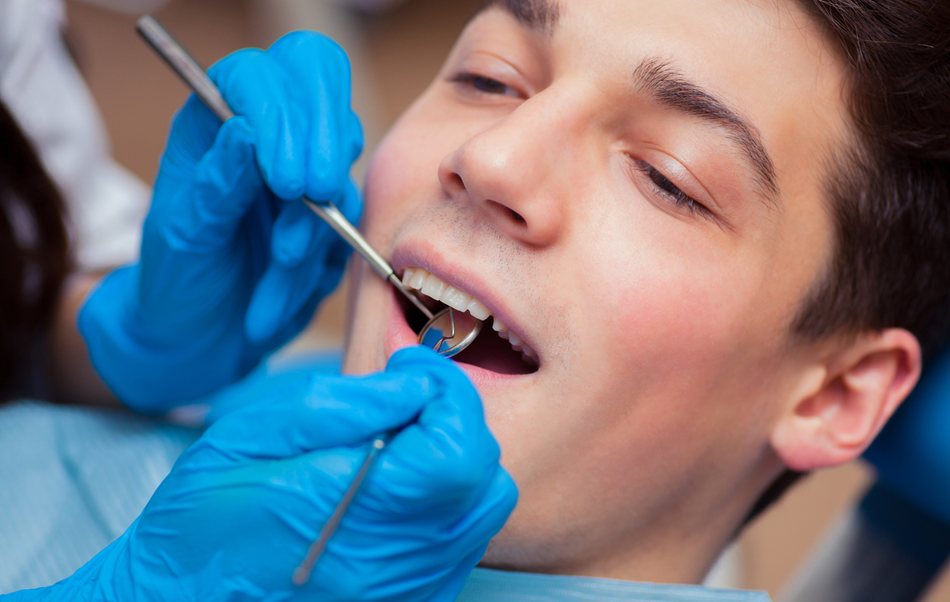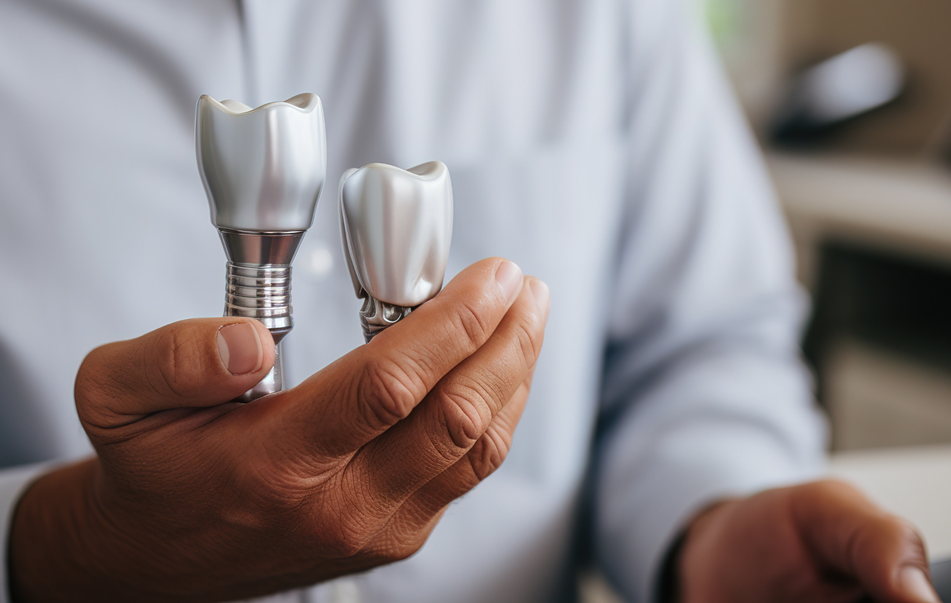Obstructive Sleep Apnea and Temporomandibular Disorders
 Admin - General » Holistic » Prosthodontics
Admin - General » Holistic » Prosthodontics
 Jan 24, 2025
Jan 24, 2025
Exploring the Link Between Obstructive Sleep Apnea and Temporomandibular Disorders
Many individuals with temporomandibular joint (TMJ) problems also experience obstructive sleep apnea (OSA), a sleep disorder that can lead to heart muscle enlargement and elevate the risk of heart attacks. Dentists who specialize in orthopedic methods are at the forefront of TMJ treatment, often using solutions such as Botox injections or jaw-repositioning devices. For adolescents with class 2 malocclusion, orthopedic interventions may help improve jaw alignment.
Expertise in Jaw Orthopedics
Dr. Amy Khajavi, DDS is a renowned expert in jaw orthopedics. After obtaining her dental degree in Oregon, she pursued advanced studies at the International College of Cranio-Mandibular Orthopedics in Chicago, Illinois, where she earned her Mastership. Dr. Khajavi specializes in jaw health, full mouth reconstruction, occlusion, neuromuscular dentistry, sleep disorders, and TMJ/TMD diagnosis and treatment. She has successfully treated countless patients suffering from TMJ/TMD, bruxism, and has performed extensive full mouth reconstructions with dental implants. Her expertise includes completing thousands of ceramic implant procedures with remarkable success.
Understanding Temporomandibular Disorders (TMD)
TMD refers to a group of conditions affecting the temporomandibular joints (TMJ), which connect the jaw to the skull. Common symptoms include jaw pain, clicking or popping sounds, difficulty opening or closing the mouth, and headaches.
What is Obstructive Sleep Apnea (OSA)?
OSA is a sleep disorder characterized by repeated episodes of partial or complete blockage of the upper airway during sleep, leading to disrupted breathing. Symptoms often include loud snoring, gasping for air, morning headaches, and excessive daytime sleepiness.
The Connection Between OSA and TMD
There is a notable relationship between TMJ issues and OSA, with the latter potentially leading to cardiac muscle hypertrophy and increasing heart attack risk. Dentists who specialize in orthopedic techniques often lead the way in treating TMJ disorders, utilizing methods such as Botox injections and appliances that reposition the jaw forward. Orthopedic interventions can benefit adolescents with class 2 malocclusion by advancing their jaw alignment.
Both OSA and TMD pose significant public health challenges due to their rising global prevalence. Despite their coexistence, establishing a definitive causal relationship between the two remains complex. However, they share common features like chronic inflammation and muscle tone abnormalities. OSA patients frequently exhibit structural irregularities in the TMJ, which can affect its position and function. Studies, including those by Langaliya et al., highlight significant differences in TMJ disc position, condylar structure, and intra-articular pressure between OSA patients and the general population.
Research shows that OSA patients experience a higher prevalence of TMD symptoms than healthy individuals. According to Ning et al., moderate to severe OSA can worsen orofacial pain, increase tooth wear, and alter the TMJ’s volume and surface area, impacting the condyle’s position. A study by Alessandri-Bonetti et al. demonstrated that treating OSA can significantly alleviate pain-related TMD symptoms. Additionally, mental health conditions like depression, irritability, and anxiety often co-occur with OSA or TMD, further complicating patient well-being.
Additional Insights
- Jaw Position and Airway Obstruction: Certain jaw positions, particularly a retruded mandible, can contribute to airway obstruction, heightening the risk of OSA. Patients with OSA may clench or grind their teeth as a reflex to open the airway, leading to or exacerbating TMD.
- Bruxism and Joint Strain: Bruxism, often associated with OSA, can place additional strain on the TMJ, worsening TMD symptoms.
- Oral Appliance Therapy: While oral appliances help keep the airway open by positioning the jaw forward, they may cause jaw discomfort or worsen TMD in some patients.
- Muscle Tension: Increased tension in the muscles around the jaw and neck is common in patients with both OSA and TMD, contributing to the severity of both conditions.
Diagnosis and Treatment
A multidisciplinary approach involving sleep specialists, dentists, and ENT specialists is recommended to diagnose and manage both OSA and TMD. Treatments may include continuous positive airway pressure (CPAP) therapy, oral appliances, or physical therapy. Addressing lifestyle factors such as weight management and sleep positioning can also help alleviate symptoms.
Understanding the connection between OSA and TMD is crucial for effective management, as treating one condition may positively impact the other.
Trending News
-

New Device Detects Gingivitis Early Admin
-

Non Toxic Dental Fillings : BPA, BHT, HMBP, DPCL, TPSb, HEMA, TEGDMA Free Admin
-

The Benefits of Eating Fish for Your Teeth and Gums Admin
-

Why Root Canals Fail? | The Usual Suspects Meredith Y. Newman Endodontist Fresno
-

Exploring Dental Implants as a Tooth Replacement Option Admin
